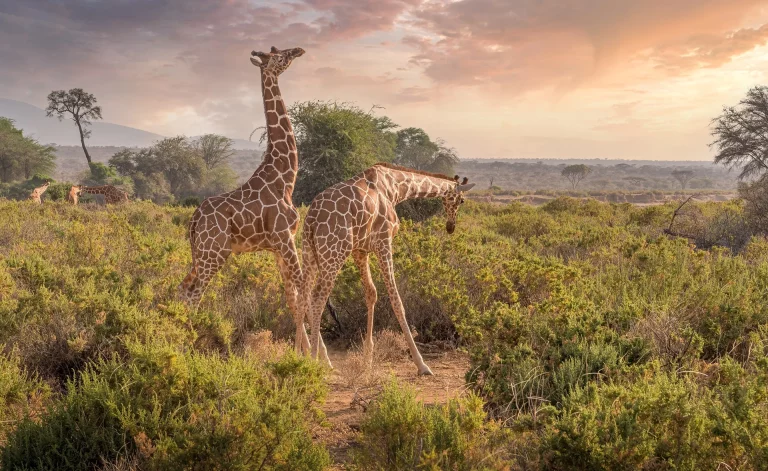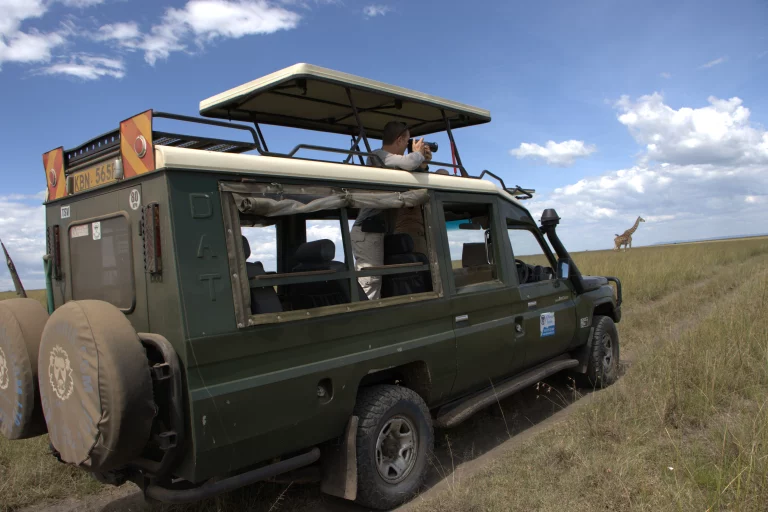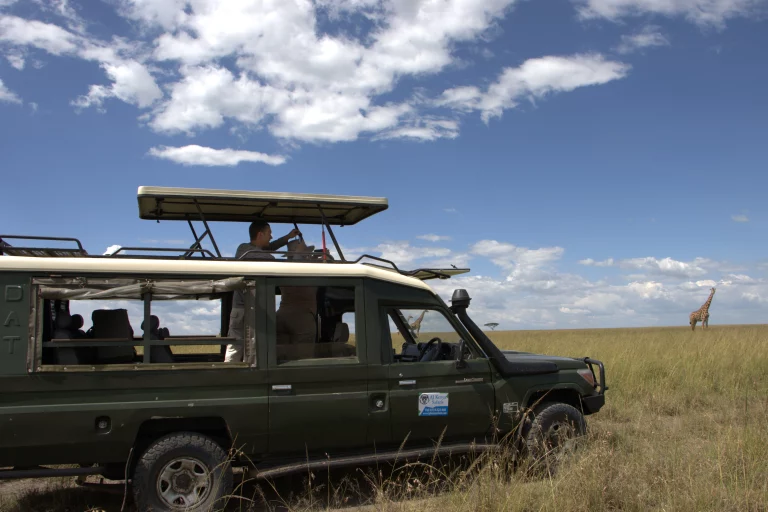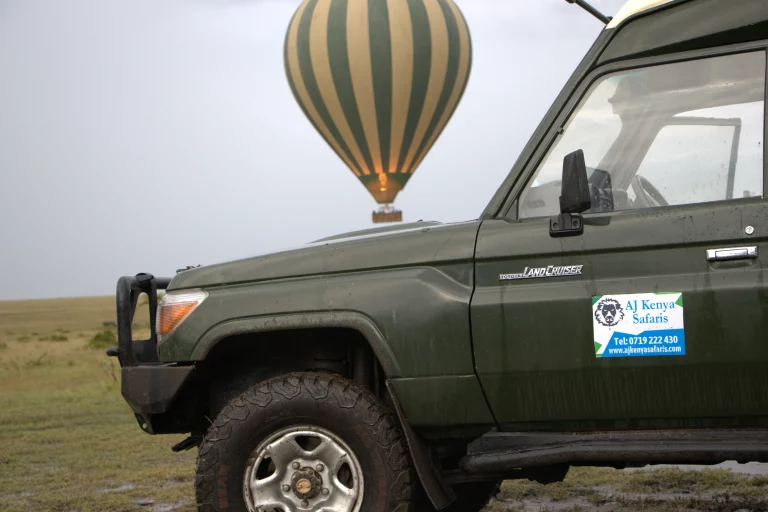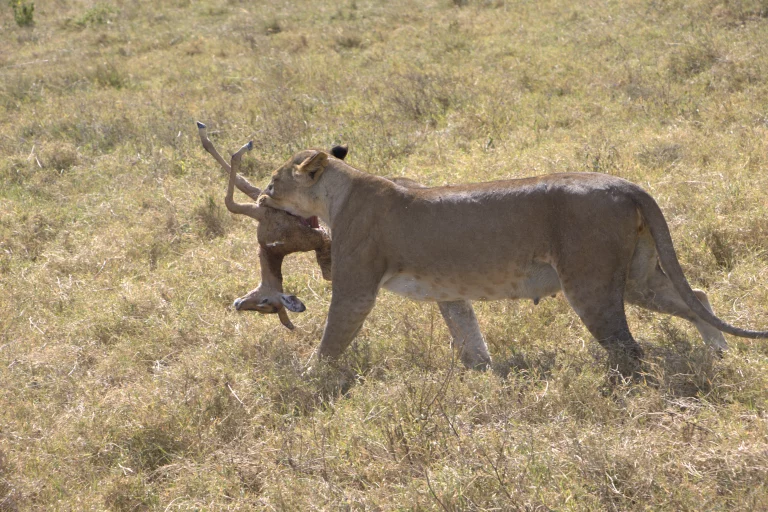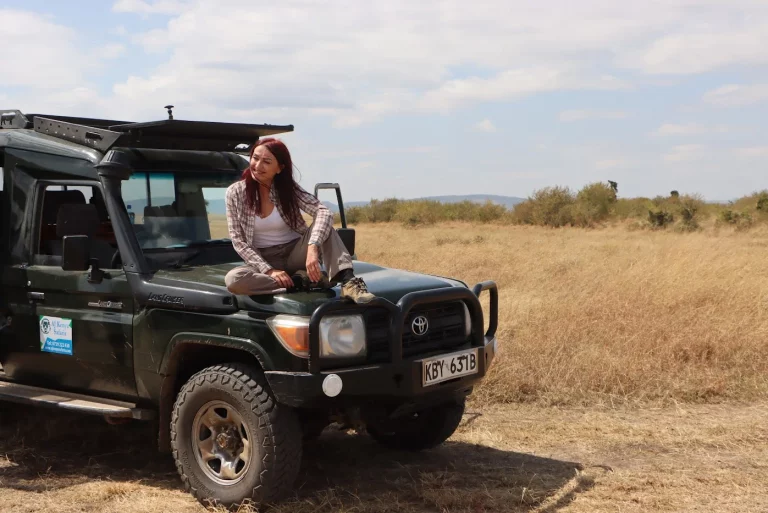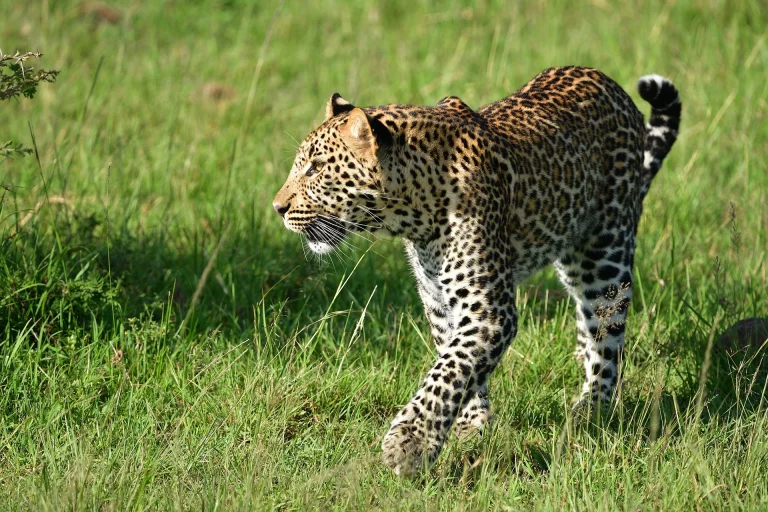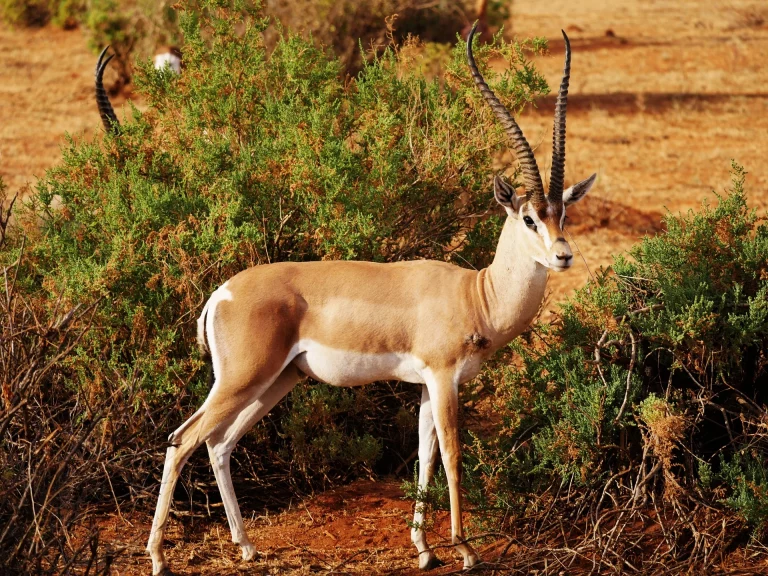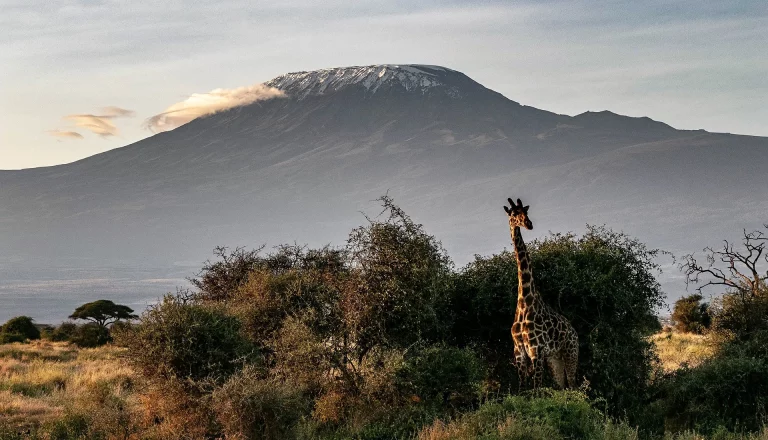Explore Samburu in Kenya - Travel Guide, Itineraries & More
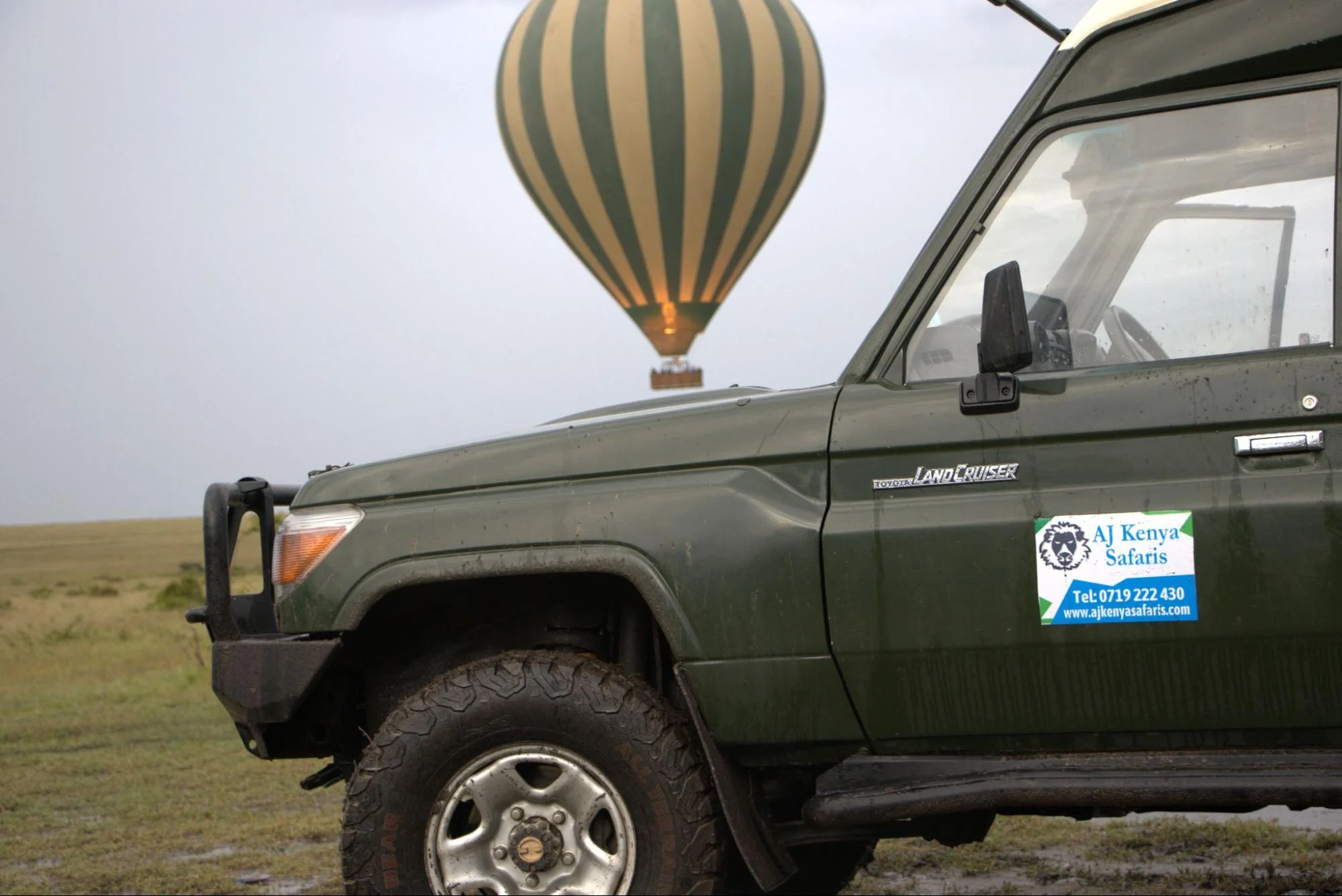
Have you ever dreamt of immersing yourself in a world of breathtaking landscapes, vibrant culture, and rare wildlife? Samburu National Reserve in Kenya offers all of these and more!
In this article, we’ll take you on a journey to discover the wonders of Samburu in Kenya, from its unique wildlife and stunning landscapes to authentic cultural experiences and luxurious accommodations.
But before then, let us share our contact details and our most booked Samburu National Reserve Safari Packages.
Samburu National Park Video - Filmed by Our Guests
Contact Us to Book Your Samburu National Park Safari
We invite you to call or to WhatsApp us at +254719222430 or to email us via safarioffers@kenyaluxurysafari.co.uk or james@ajkenyasafaris.com to start planning your trip to Kenya today.
We are the local experts of Kenya travel, and we promise to plan the best Samburu safari for you.
Our Most Booked Samburu National Park Tours
Samburu National Reserve Photos - Shots by Our Client
The Unique Landscape and Wildlife of Samburu National Reserve
Samburu National Reserve, nestled in the heart of northern Kenya, is a haven of natural beauty and diverse wildlife in East Africa. The landscape consists of arid scrubland, impressive kopjes, and immense rocky outcrops, all centered on the meandering Ewaso Ngiro River.
The reserve is home to the northern “special five” species, including Grevy’s zebra, reticulated giraffe, Somali ostrich, gerenuk, and Beisa oryx.
These remarkable creatures are only found in Samburu and the neighboring Shaba National Reserve. Sighting them makes a Samburu safari an unforgettable experience.
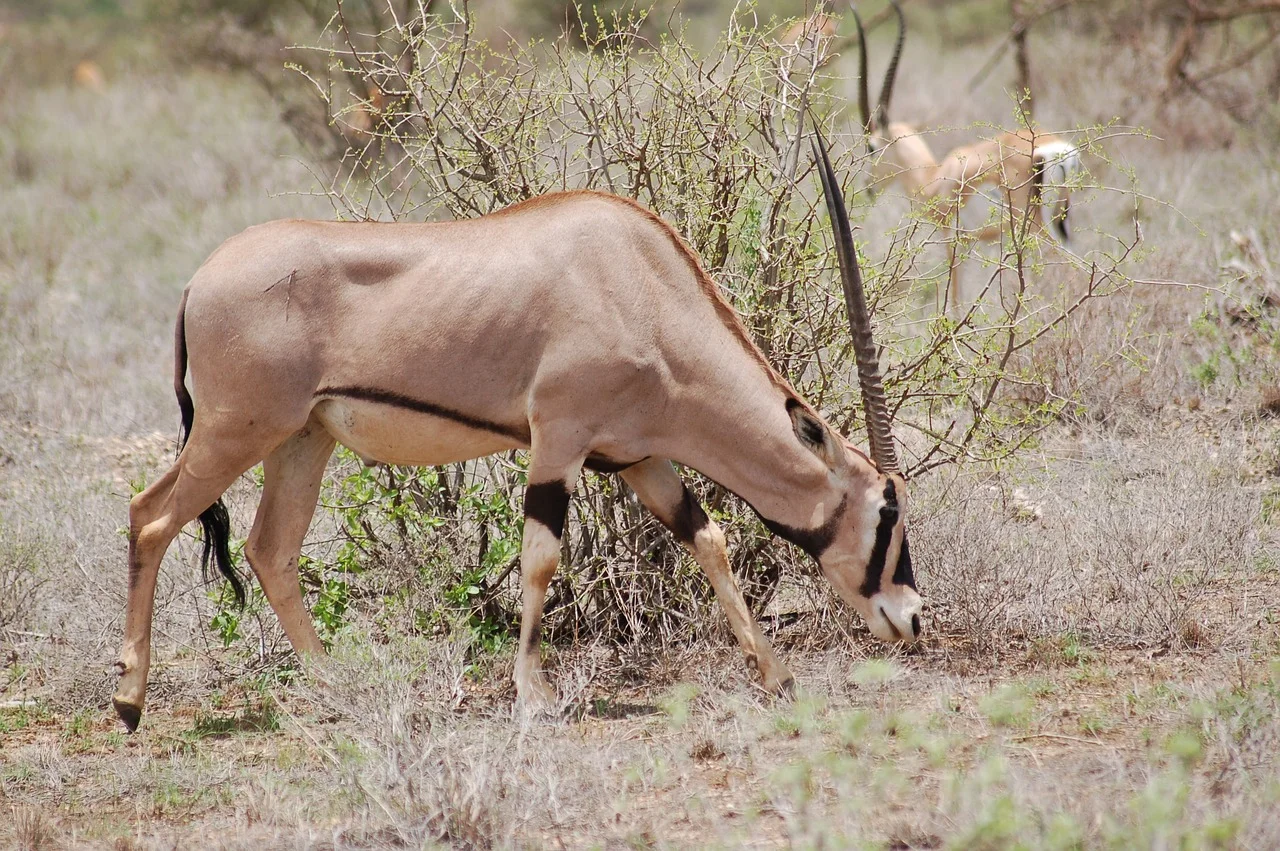
Serving as the lifeline in Samburu National Reserve, the Ewaso Nyiro River significantly contributes to the survival of life in this arid expanse.
Endowed with a rich array of unique species, including the Somali ostrich and reticulated giraffe, the river presents fantastic opportunities for game viewing.
With its lush clusters of trees along the banks, the Ewaso Nyiro River is a beautiful pale tan ribbon of sand. It offers a reliable water supply from the glaciers of Mount Kenya.
The Northern “Special Five”
The northern “special five” are a remarkable set of species found only in Samburu, offering visitors a truly unique wildlife experience. The majestic Grevy’s zebra, for instance, is known for its striking black-and-white stripes and large, rounded ears.
This fascinating species thrives in habitats with high grass quality, abundant perennial grasses, and low percentage tree cover.
Another member of the northern “special five” is the exquisite reticulated giraffe, characterized by its beautiful reddish-brown patches with a striking, white border.
Other amazing members of the Northern “Special Five” are the somali ostrich, gerenuk, and Beisa oryx.
The Samburu special five can also be found in other parks near Samburu such as the Buffalo Spring National Park and the Shaba national reserve.
Ewaso Nyiro River
Serving as a magnet for the diverse wildlife in Samburu, the Ewaso Nyiro River offers outstanding opportunities for game spotting. The river is a crucial water source, attracting animals such as:
- elephants
- lions
- leopards
- cheetahs
- giraffes
- zebras
- buffalos
- hippos
- crocodiles
- various species of antelope
Visitors to Samburu National Reserve can witness these incredible animals up close as they congregate around the river to drink and cool off. Buffalo Springs, a key area within the Buffalo Springs National Reserve, is a very popular spot for spotting the wildlife.
The Ewaso Nyiro River is known for its:
- lush clusters of trees along its banks, creating a beautiful oasis in the arid landscape of Samburu
- reliable water supply from the glaciers of Mount Kenya, making it an essential part of any Samburu cultural tour
- stunning backdrop and abundant wildlife
The Ewaso Nyiro River is an unforgettable highlight for visitors to Samburu National Reserve.
Cultural Experiences: Engaging with the Samburu People
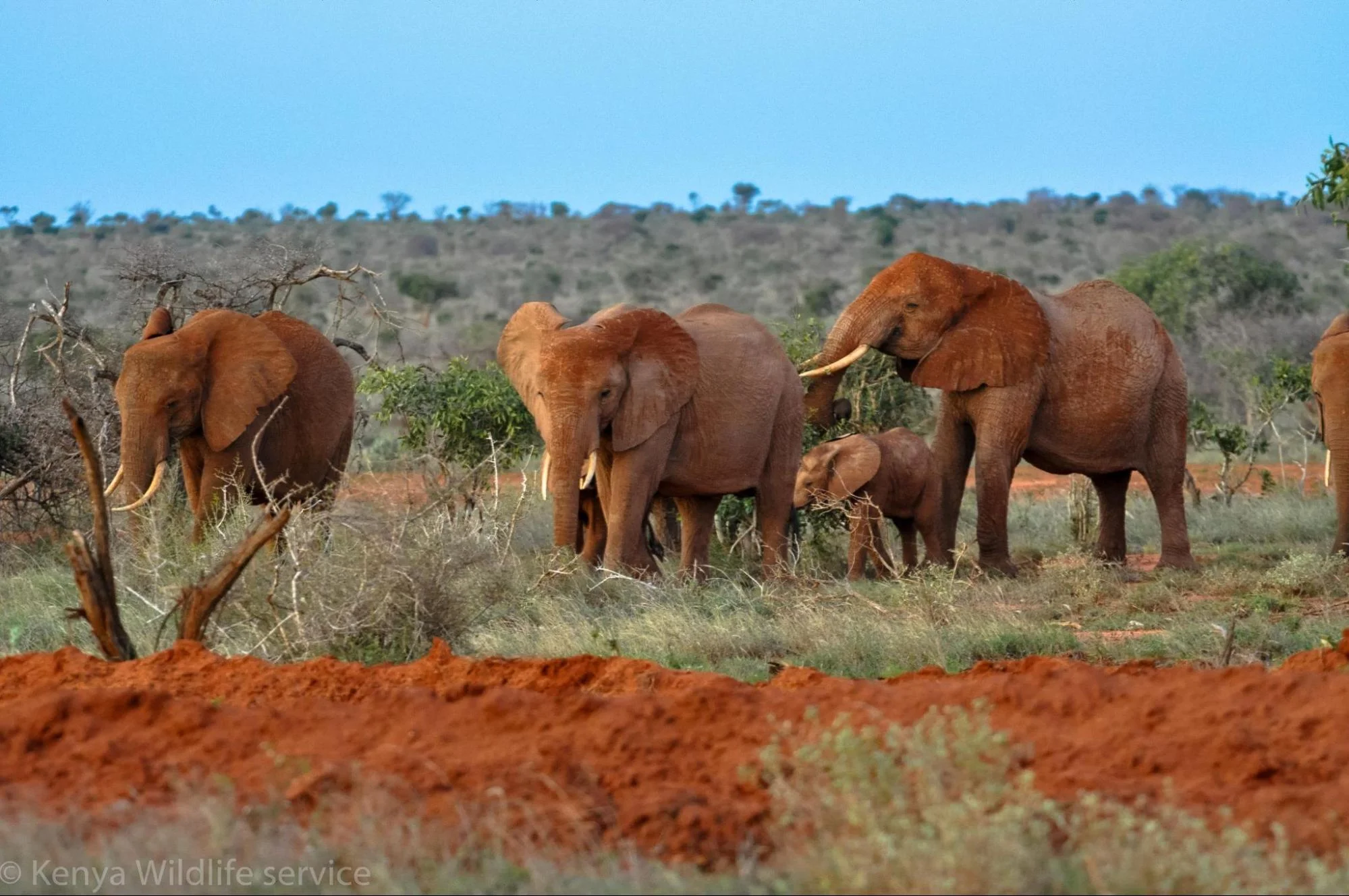
Samburu National Reserve is not only about its unique wildlife and landscapes but also about the rich cultural experiences it offers. Interactions with the local Samburu people, through immersive experiences like village visits and camel safaris, help visitors gain insights into their age-old traditions. A stay at a luxury tented camp allows you to soak in the local culture without compromising on contemporary comforts.
The Samburu people, also known as the Samburu tribe, have a deep connection to their land and the wildlife that inhabits it. Their culture is built on a foundation of respect for the environment and the animals they share it with. Participation in these cultural experiences enhances your understanding of the Samburu way of life, leaving indelible impressions and fostering an enriched appreciation of our diverse world.
Samburu Village Visits
During Samburu village visits, you’ll have the opportunity to interact with the local community, learn about their customs, and be delighted by traditional dances and ceremonies. The Samburu people have a rich cultural heritage that includes music, dance, storytelling, and folklore, which play an important role in their daily lives. By visiting a traditional Samburu manyatta (a group of huts forming a village), you’ll gain an authentic and enriching insight into the community and its customs.
Samburu village visits not only provide a unique cultural experience but also contribute to sustainable tourism. By engaging with the local community, you’ll be supporting their livelihoods and helping to preserve their traditional way of life. This responsible approach to tourism ensures that the Samburu people and their environment can continue to thrive for generations to come.
Camel Safaris and Treks
Camel safaris and treks offer a unique way to explore the Samburu landscape while experiencing the local culture and spotting wildlife. Riding a camel allows you to traverse the arid terrain with ease and get up close to the animals that call Samburu home. As you venture through the reserve on camelback, you’ll be accompanied by knowledgeable Samburu guides who will share their insights and stories about the land, its wildlife, and their culture.
The gentle giants that carry you on your camel safari are not only a novel mode of transport but also provide an opportunity to connect with the Samburu people and their way of life. Camels have been an integral part of the Samburu culture for centuries, and by participating in a camel safari, you’ll be immersing yourself in a truly authentic experience.
Accommodations: Luxurious Lodges and Tented Camps

After a day of exploring the wonders of Samburu National Reserve, you’ll want a comfortable and stylish place to rest your head. Samburu offers a range of luxurious lodges and tented camps that cater to every taste and budget. From eco-chic villas with stunning views to lavish tents with private plunge pools, there’s something to suit every traveler’s needs.
Regardless of whether you want the pinnacle of luxury or a more rustic, immersive safari adventure, Samburu National Reserve accommodations deliver an ideal mix of comfort, style and genuine African charm. With options such as Saasab, Saruni Samburu, and Elephant Bedroom Camp, you’ll be spoilt for choice when it comes to selecting your home away from home in this incredible destination.
Luxury Lodge Options
For those seeking the ultimate in comfort and style, luxury lodges like Saasab, Saruni Samburu, and Elephant Bedroom Camp provide exceptional accommodations and amenities. Saasab, for example, offers spacious cottages with classic four-poster beds, luxurious open-air bathrooms, individual plunge pools, and a private veranda with stunning views of the river.
Saruni Samburu is another remarkable lodge in the reserve, offering exclusive access to 200,000 acres of pristine wilderness. The eco-chic villas are perched on a hillside, providing incredible views of the surrounding landscape. Guests can enjoy:
- Spa treatments
- Relaxing in the beautiful infinity pool
- Savoring three-course menus
- Choosing from flexible dining options at Saruni Samburu.
Tented Camp Choices
For a more rustic and immersive safari experience, tented camp options such as Sasaab and Elephant Bedroom Camp provide a unique and unforgettable stay. Sasaab offers luxurious tented accommodations with modern amenities, attentive service, and a variety of activities such as game drives, guided walks, and cultural visits to the local Samburu community.
Elephant Bedroom Camp, located along the Ewaso Nyiro River, provides magnificent views of the surrounding wilderness and offers a truly immersive safari experience. Each luxury tent is thoughtfully designed to provide guests with the ultimate in comfort and style while maintaining a strong connection to the natural environment.
Best Time to Visit Samburu National Reserve
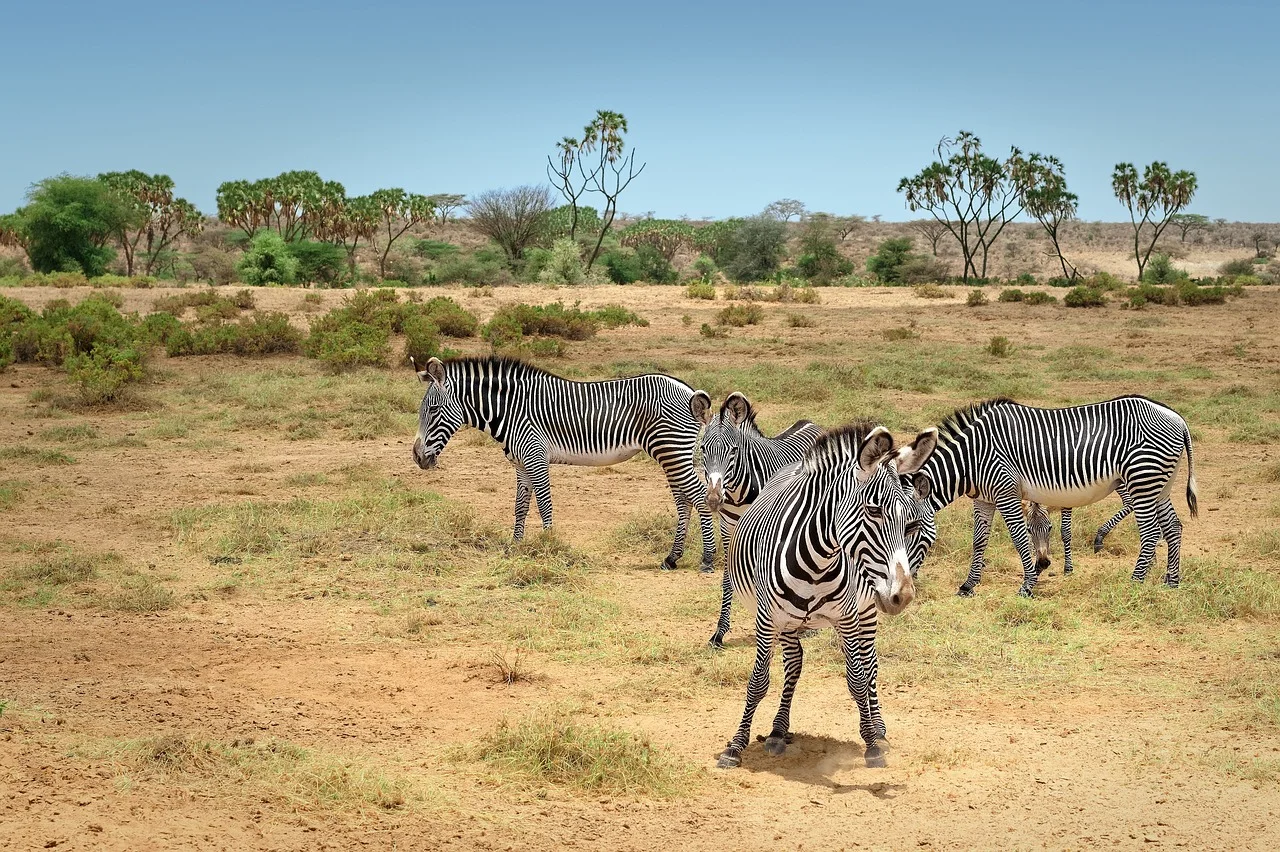
Choosing the best time to visit Samburu National Reserve is highly dependent on your individual tastes and travel objectives. The dry season (June to October and December to March) is ideal for wildlife viewing, as animals congregate around water sources, making sightings more frequent and easier. During this period, the weather is typically hot and dry with minimal rainfall, creating ideal conditions for game drives and various other activities.
On the other hand, the wet season (March to May and October to November) offers lush landscapes, with a fresh burst of greenery transforming the reserve into a breathtaking oasis. Wildlife sightings may be more challenging during this time, but the stunning scenery and fewer tourists make for a more tranquil and serene experience.
Ultimately, the choice between the dry and wet seasons comes down to your priorities and what you hope to gain from your visit to Samburu National Reserve.
Dry Season
The dry season in Samburu National Reserve, which spans from June to October and December to March, provides the perfect conditions for wildlife viewing. Animals gather around water sources, making it easier for visitors to spot the unique and diverse species that call the reserve home. The hot and dry weather, with temperatures ranging between 18°C and 30°C (64°F and 86°F), also makes for comfortable safari conditions.
During the dry season, you’ll be able to witness the following species in Samburu National Reserve:
- Grevy’s zebra
- Reticulated giraffe
- Somali ostrich
- Gerenuk
- Beisa oryx
You’ll also have the opportunity to see other fascinating wildlife like elephants, lions, and leopards. This makes the dry season an ideal time for guided game drives, nature walks, and bird watching, offering a truly unforgettable safari experience in Samburu National Reserve.
Wet Season
The wet season in Samburu National Reserve, which typically occurs from March to May and October to November, offers a different perspective on the reserve’s beauty. The landscape comes alive with lush vegetation, providing a stunning backdrop for your safari adventure. While wildlife sightings may be more challenging during this time, the abundance of flora and diverse birdlife make for a rewarding experience nonetheless.
Visiting Samburu during the wet season has several advantages:
- Fewer tourists, allowing for a more tranquil and peaceful safari experience
- Pleasantly warm temperatures, ranging from 25°C to 30°C (77°F to 86°F)
- Ideal time to explore the reserve and its surroundings
Whether you prefer the excitement of wildlife viewing during the dry season or the serene beauty of the wet season, Samburu National Reserve and Amboseli National Park offer truly memorable experiences for all visitors.
Activities and Excursions: Exploring Samburu and Beyond

Samburu National Reserve and its neighboring regions abound with a variety of activities and excursions for your enjoyment. Some of the activities you can experience include:
- Guided game drives
- Nature walks
- Bird watching
- Visiting the Reteti Elephant Sanctuary
By participating in these activities, you’ll not only witness the incredible wildlife and landscapes of Samburu but also gain a deeper appreciation for the natural world and the delicate balance between humans and the environment.
Whether you’re an avid wildlife enthusiast, a keen birdwatcher, or simply looking to immerse yourself in the beauty of the African wilderness, the activities and excursions available in Samburu National Reserve and the nearby Samburu National Park will leave you with lasting memories and a newfound appreciation for these remarkable destinations. With so much to see and do, you’ll be planning your return trip before you’ve even left!
Guided Game Drives
Guided game drives are a quintessential part of any safari experience, and Samburu National Reserve is no exception. Led by experienced and knowledgeable guides, these drives offer a unique opportunity to spot the vast array of wildlife that calls the reserve home, including the northern “special five” and other captivating species. The ideal time for game drives is typically early in the morning or late in the afternoon, when wildlife is most active and temperatures are cooler.
During your guided game drives in Samburu National Reserve, you’ll:
- Traverse the rugged landscape in search of elephants, lions, leopards, and other fascinating animals
- Learn about the delicate balance of the ecosystem and the role each species plays in maintaining it
- Witness the untamed beauty of the African wilderness
- Create memories that will last a lifetime
These game drives offer an incredible opportunity to experience the wonders of nature, including exploring national parks.
Nature Walks and Bird Watching
Nature walks and bird watching in Samburu National Reserve offer a more immersive and intimate way to explore the reserve’s diverse flora and fauna. Led by experienced guides, these walls provide a unique opportunity to discover the fascinating plants, insects, and over 450 bird species that call the reserve home. From the vibrant Vulturine Guineafowl to the captivating Nubian woodpecker, the birdlife in Samburu is truly a treat for the senses.
As you wander through the reserve, your knowledgeable guide will also share insights into the unique ecosystem and the delicate balance between the various plants and animals that inhabit it. Nature walks and bird watching excursions in Samburu National Reserve are not only a fantastic way to experience the beauty of the African wilderness but also serve as a gentle reminder of our responsibility to protect and preserve these incredible habitats for future generations.
Reteti Elephant Sanctuary
Located in the heart of Samburu, the Reteti Elephant Sanctuary is an inspiring community-run wildlife organization dedicated to rescuing, rehabilitating, and rewilding orphaned and abandoned elephant calves. The sanctuary aims to provide these gentle giants with the care and support they need before reintroducing them back into the wild. By visiting the Reteti Elephant Sanctuary, you’ll have the unique opportunity to interact with these incredible creatures and witness the incredible work being done to protect them.
Your visit to the Reteti Elephant Sanctuary offers:
- A memorable and heartwarming experience
- Direct support to the local community and their conservation efforts
- Ensuring the future of these magnificent animals and their delicate ecosystems
- An authentic and unforgettable experience in Samburu National Reserve
A visit to the Reteti Elephant Sanctuary is a must for anyone seeking an authentic and unforgettable experience in Samburu National Reserve.
Travel Logistics: Getting to Samburu National Reserve
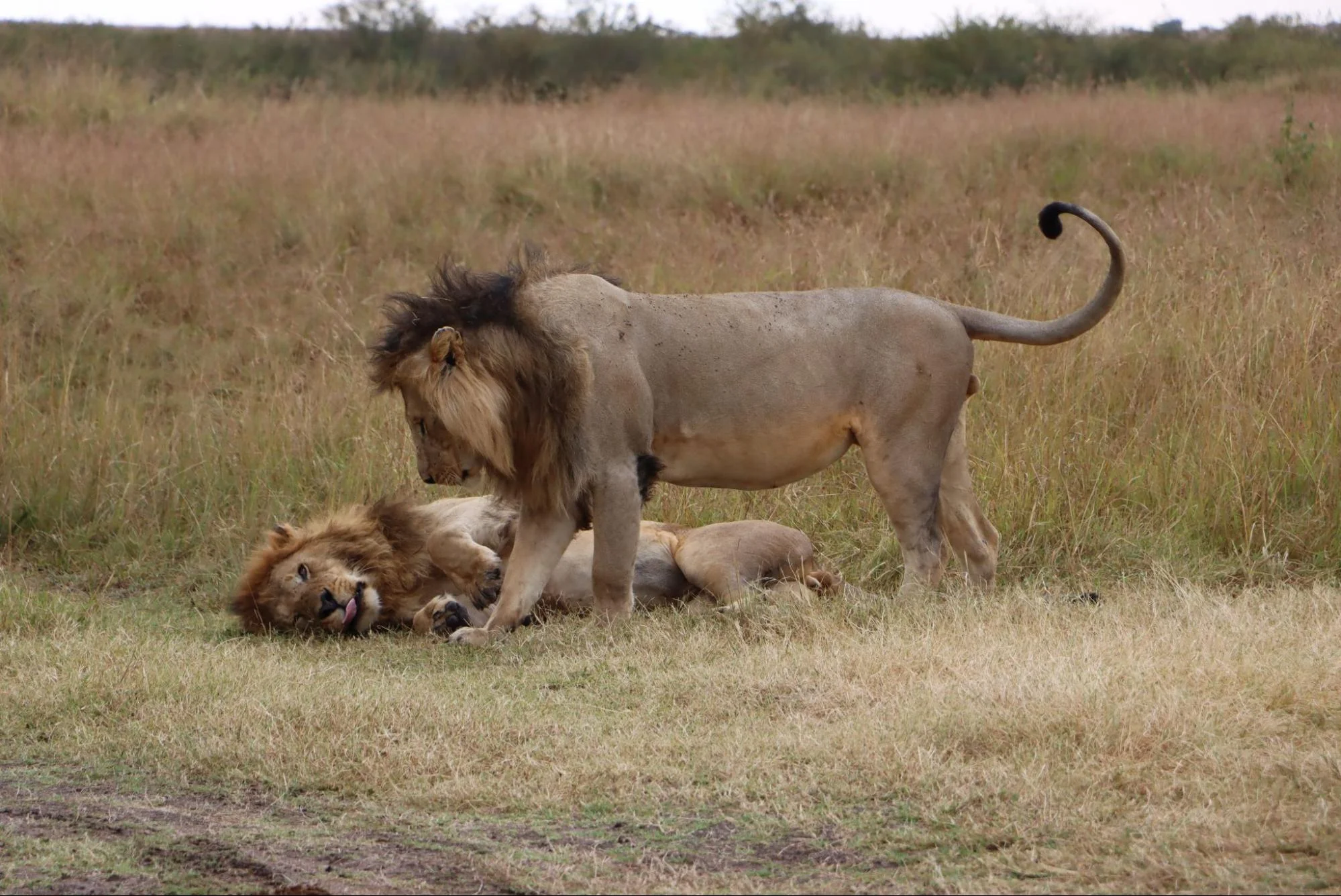
Travel Logistics: Getting to Samburu National Reserve
Getting to Samburu National Reserve is fairly simple, offering both road and air travel options to cater to your convenience and budget. A road trip from Nairobi to Samburu takes approximately 6-7 hours, offering the opportunity to experience the diverse Kenyan landscape and make stops at various points of interest along the way. Alternatively, a quick 1-hour flight from Nairobi to Samburu provides a more convenient and time-efficient option for reaching the reserve.
Be it an unforgettable road journey or an efficient flight, your method of reaching Samburu National Reserve merely marks the start of your extraordinary adventure. With its unique wildlife, stunning landscapes, and rich cultural experiences, Samburu National Reserve is a destination that promises to leave you with memories that will last a lifetime.
Road Travel
A road trip to Samburu National Reserve offers a truly immersive experience, allowing you to witness the ever-changing landscapes of Kenya as you make your way to the reserve. The journey takes approximately 6-7 hours from Nairobi, with the main routes passing through:
- The majestic Mount Kenya
- The stunning Aberdare National Park
- The incredible Ol Pejeta Conservancy
- The vibrant Nanyuki Town
- The bustling Isiolo Town
While the drive to Samburu National Reserve is undoubtedly lengthy, the journey is filled with breathtaking scenery and opportunities to make stops at various points of interest along the way. As you traverse the diverse Kenyan landscape, you’ll gain a deeper appreciation for the beauty and complexity of this remarkable country and its people.
Air Travel
For those seeking a quicker and more convenient option, air travel to Samburu National Reserve is available through airlines such as Safarilink and AirKenya. With flights from Nairobi taking just around 1 hour, this option allows you to maximize your time in the reserve and spend more time exploring its incredible wildlife and landscapes.
While air travel to Samburu National Reserve is undoubtedly more time-efficient, it is important to consider the costs and luggage restrictions associated with flying. However, the convenience and speed of air travel make it an appealing choice for those looking to make the most of their time in this incredible destination.
Summary
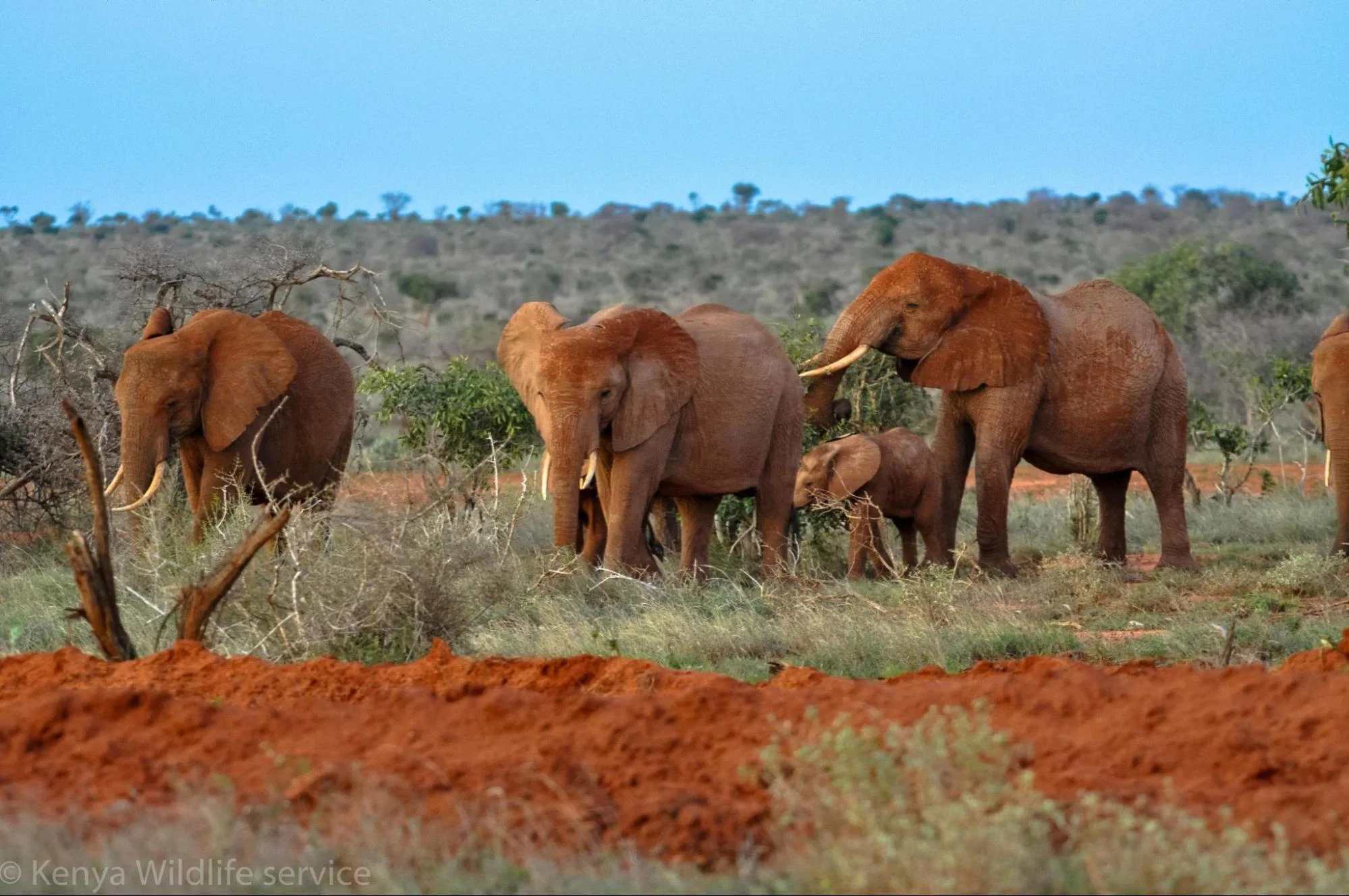
Summary
In conclusion, Samburu National Reserve is a truly remarkable destination that offers a wealth of experiences for visitors. From its unique wildlife and stunning landscapes to the rich cultural experiences and luxurious accommodations, there’s something for everyone in this incredible corner of Kenya.
Whether you choose to visit during the dry season for optimal wildlife viewing or the wet season for lush landscapes, Samburu National Reserve promises a memorable and unforgettable adventure.
Key Takeaways
- Explore the unique landscapes and wildlife of Samburu National Reserve, including the Northern “Special Five” species and Ewaso Nyiro River.
- Engage with local cultures through village visits and camel safaris to gain a deeper appreciation for our diverse world.
- Enjoy luxurious lodges or tented camps while taking part in activities such as game drives, nature walks, bird watching & visiting Reteti Elephant Sanctuary for an unforgettable experience!
Frequently Asked Questions
Guest planning to visit Samburu National Park often ask us the following questions:
- What is the Samburu tribe known for?
- What is special about Samburu?
- Are Samburu and Maasai the same?
- Is Samburu worth a visit?
- What is Samburu National Reserve famous for?
- Is Samburu National Park worth visiting?
- Are there cheetahs in Samburu?
Next, we look at these questions in details.
What is the Samburu tribe known for?
The Samburu tribe are renowned for their beautiful traditional dress, hairstyles and proud warrior heritage. They also have a strong culture of music, singing and dancing, which is celebrated at the annual Lake Turkana Festival in Loiyangalani, Turkana County.
Are Samburu and Maasai the same?
Samburu and Maasai are closely related and have a shared history, but are distinct tribes. Though the Samburu originate from the Maasai, they parted ways centuries ago and now speak their own dialect of Maa. Their culture and lifestyle remain largely unchanged by Western influences.
What is Samburu National Reserve famous for?
Samburu National Reserve is renowned for its abundance of wildlife, especially rare northern specialist species like Grevy Zebra, Somali Ostrich and Reticulated Giraffe, as well as predators like lions, leopards and wild dogs. Birdwatchers will also find plenty to love with over 450 recorded species.
When is the best time to visit Samburu National Reserve?
The best time to visit Samburu National Reserve is from June to October and December to March, offering excellent wildlife viewing and lush landscapes.
What types of accommodations are available in Samburu National Reserve?
Experience luxury in the wild with a range of stylish lodges and tented camps, such as Saasab, Saruni Samburu, and Elephant Bedroom Camp, available in Samburu National Reserve.


